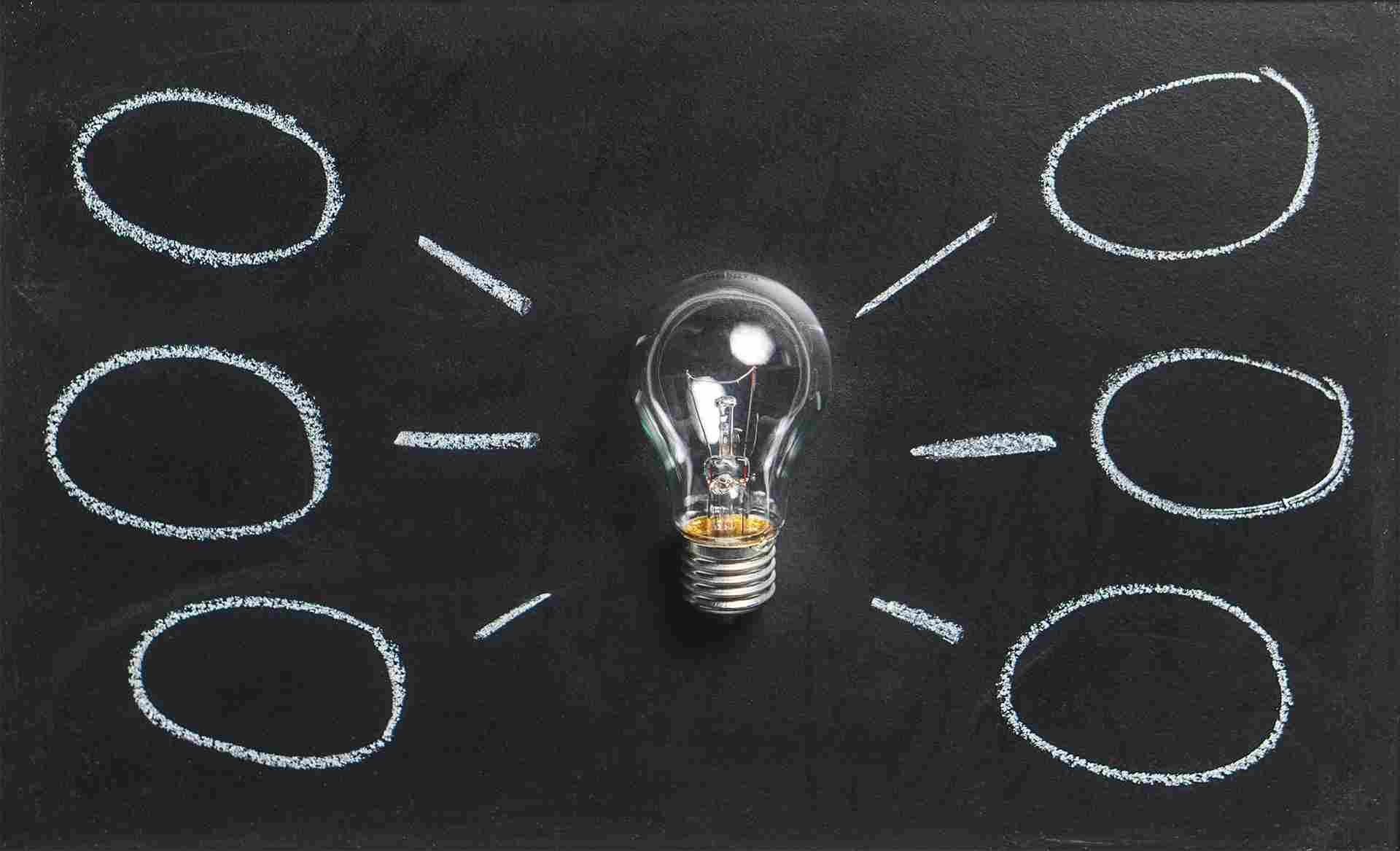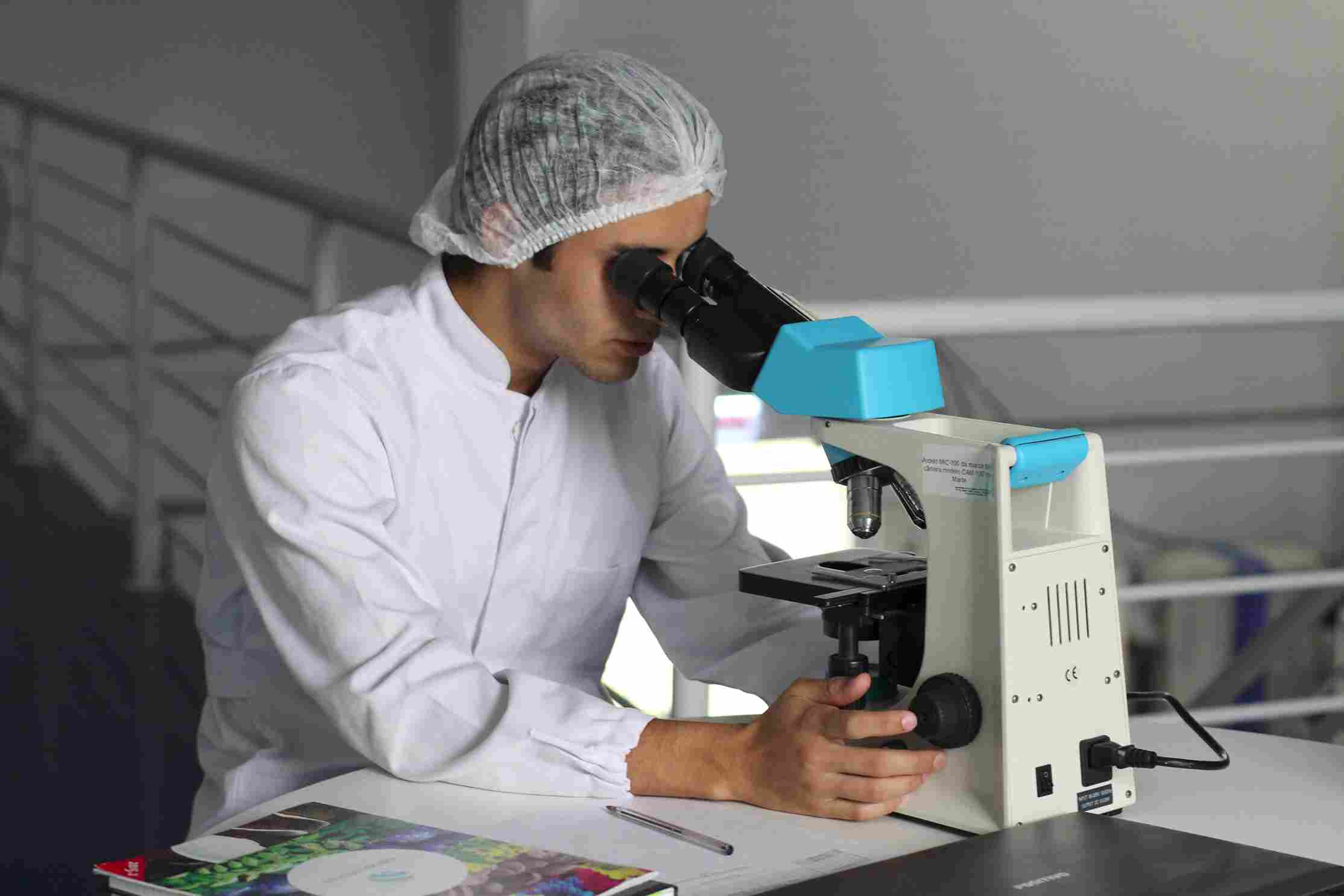In sterile compounding, the aseptic technique contributes to the prevention of microbiological contamination. It provides sterility, safety, and efficacy to the sterile product, especially various injections for patients. Cleaning, Gowning, and proper methods of contamination control will be reviewed along with why clean rooms are designed the way they are.
WHY SHOULD YOU ATTEND?
Compounding sterile products are made utilizing an aseptic technique. Aseptic technique is a microbiological term referring to the prevention of microorganism contamination. The procedure involves the use of specialized equipment, sterile apparel, meticulous processing, and continuous cleaning. This course will review proper cleaning, gowning, and ways to avoid the common sources of contamination that exist in a clean room environment. This course is also a good refresher for those personnel who are familiar with the way to properly work in the clean room and why Cleanrooms are designed for proper contamination control.
LEARNING OBJECTIVES
- Definition of Aseptic Processing (AP)
- Terminal Sterilization vs. AP
- Proper Personnel Behavior in a Cleanroom
- Facility Design and how it impacts the product
- A review of proper environmental monitoring practices and systems used
- Aseptic Technique & Clean Room Behavior
WHO WILL BENEFIT?
This course will benefit those Aseptic operators, Aseptic sample handlers, personnel who work in a Biological Safety Cabinet (BSC), and their management and Quality Assurance counterparts, in highlighting how to operate in a clean room environment, proper facility design, proper personnel gowning, and the equipment needed to conduct environmental monitoring. In addition, this course will review how Quality Systems help define requirements for aseptic techniques and clean rooms and how to properly maintain these environments.
- Microbiology
- Aseptic Technique
- Environmental Monitoring
- Gowning
- FDA
- Clean Room
- ISO
- Classifications
- Contamination Control
Compounding sterile products are made utilizing an aseptic technique. Aseptic technique is a microbiological term referring to the prevention of microorganism contamination. The procedure involves the use of specialized equipment, sterile apparel, meticulous processing, and continuous cleaning. This course will review proper cleaning, gowning, and ways to avoid the common sources of contamination that exist in a clean room environment. This course is also a good refresher for those personnel who are familiar with the way to properly work in the clean room and why Cleanrooms are designed for proper contamination control.
- Definition of Aseptic Processing (AP)
- Terminal Sterilization vs. AP
- Proper Personnel Behavior in a Cleanroom
- Facility Design and how it impacts the product
- A review of proper environmental monitoring practices and systems used
- Aseptic Technique & Clean Room Behavior
This course will benefit those Aseptic operators, Aseptic sample handlers, personnel who work in a Biological Safety Cabinet (BSC), and their management and Quality Assurance counterparts, in highlighting how to operate in a clean room environment, proper facility design, proper personnel gowning, and the equipment needed to conduct environmental monitoring. In addition, this course will review how Quality Systems help define requirements for aseptic techniques and clean rooms and how to properly maintain these environments.
- Microbiology
- Aseptic Technique
- Environmental Monitoring
- Gowning
- FDA
- Clean Room
- ISO
- Classifications
- Contamination Control
Speaker Profile
 Danielle DeLucy
Danielle DeLucy
Danielle DeLucy, MS, is owner of ASA Training and Consulting, LLC which provides Pharmaceutical and Biologics based companies with training and quality systems assistance in order to meet Regulatory compliance. Prior to this role, Danielle has been in the industry for 15 years serving in numerous Quality Management Roles, such as the Director of Product Quality, the oversight of Sterility Assurance practices and provided QA oversight of numerous filling and packaging operations. Danielle began her QA career as a Quality Control Pharmaceutical Microbiologist at a contract laboratory where she performed various tests for their clients. In the years after, she …
Upcoming Webinars

Excel - Reporting Simplified - Learn Pivot Tables from Scra…



The Perfect Storm Coming to Healthcare: Value Based Care Me…

Retention Starts Here: Stop Losing Your Critical Talent and…

Turning Workplace Conflict into Positive Connection

Project Management for Non-Project Managers - How to commun…

AI and Human Resources: The Great Opportunity!

The Business Case for LGBTQIA+ Inclusion in the Workplace: …


Conquer Toxic People - Learn To Protect Yourself And Get Yo…


AI and Change Management - How to Lead with Confidence and …

Cyber Security Incident Response Team Training Program

Transforming Anger And Conflict Into Collaborative Problem …

Employee Handbooks: 2025 Critical Issues


Excel Power Skills: Master Functions, Formulas, and Macros …


The Courage to Speak: Overcoming Fear and Owning the Room

Finance & Accounting 101 Simplified

6-Hour Virtual Seminar on Learning the Highlights of Excel …

6-Hour Virtual Boot Camp on Microsoft Power BI


Developing an Agile Workforce with Emotional Intelligence (…

Compliance Under Fire: Navigating I9 Immigration Raids & …

Empowering Conflict Resolution: Letting Go to Gain Control

FDA Regulation of Artificial Intelligence/ Machine Learning


Human Error Reduction Techniques for Floor Supervisors

How to Give Corrective Feedback: The C.A.R.E. Model - Elimi…


How To Conduct An Internal Harassment And Bullying Investig…

Leadership: Strategic Planning and Decision Making

Secrets Of Psychology - Why People Do The Things They Do

FDA Compliance And Laboratory Computer System Validation

Marketing to Medicare or Medicaid Beneficiaries - What You …

Polish your Presence on Linkedin - The Powerful Profile

Bootcamp for New Managers and Supervisors: Develop These Es…

Utilizing A Proven Process When Conducting Sensitive, Inter…

Leveraging Artificial Intelligence in HR

HR Metrics and Analytics 2025 - Update on Strategic Plannin…

Harassment, Bullying, Gossip, Confrontational and Disruptiv…
